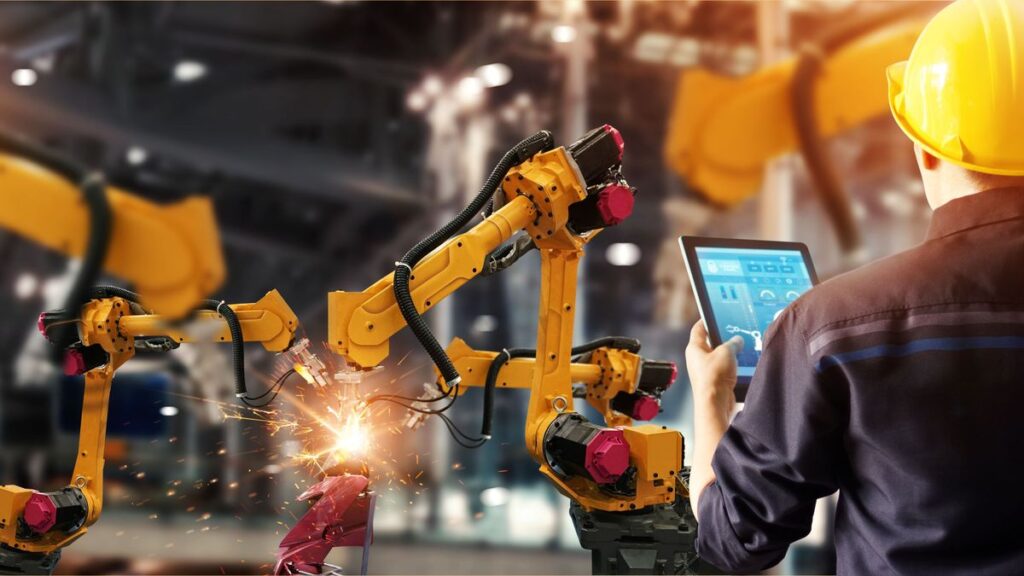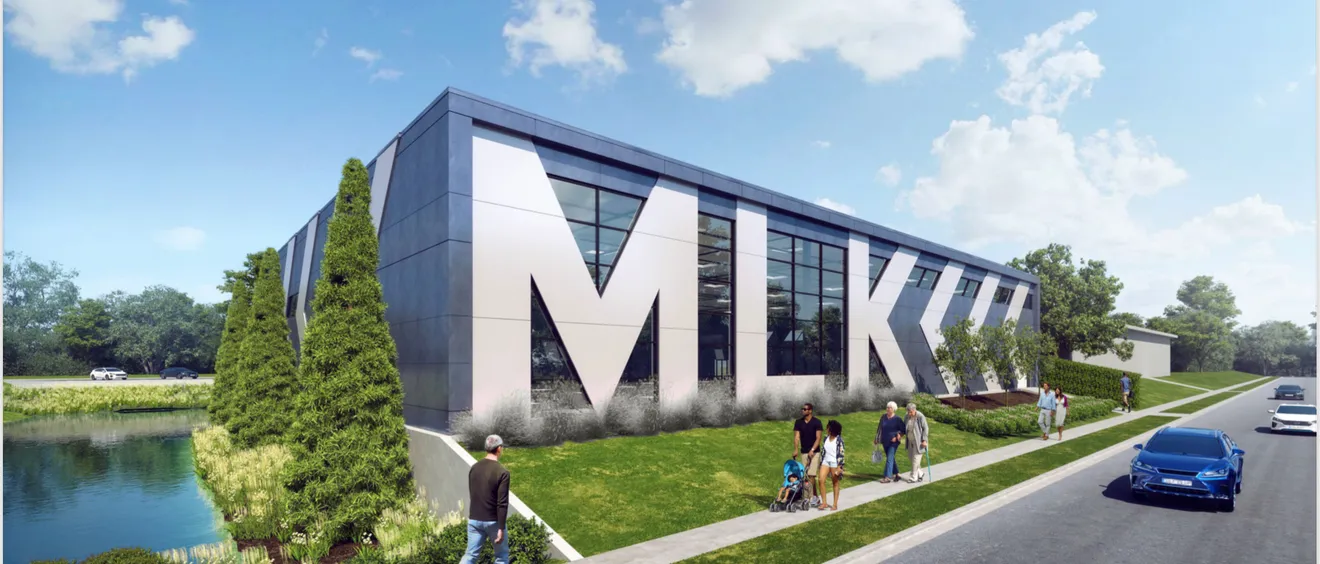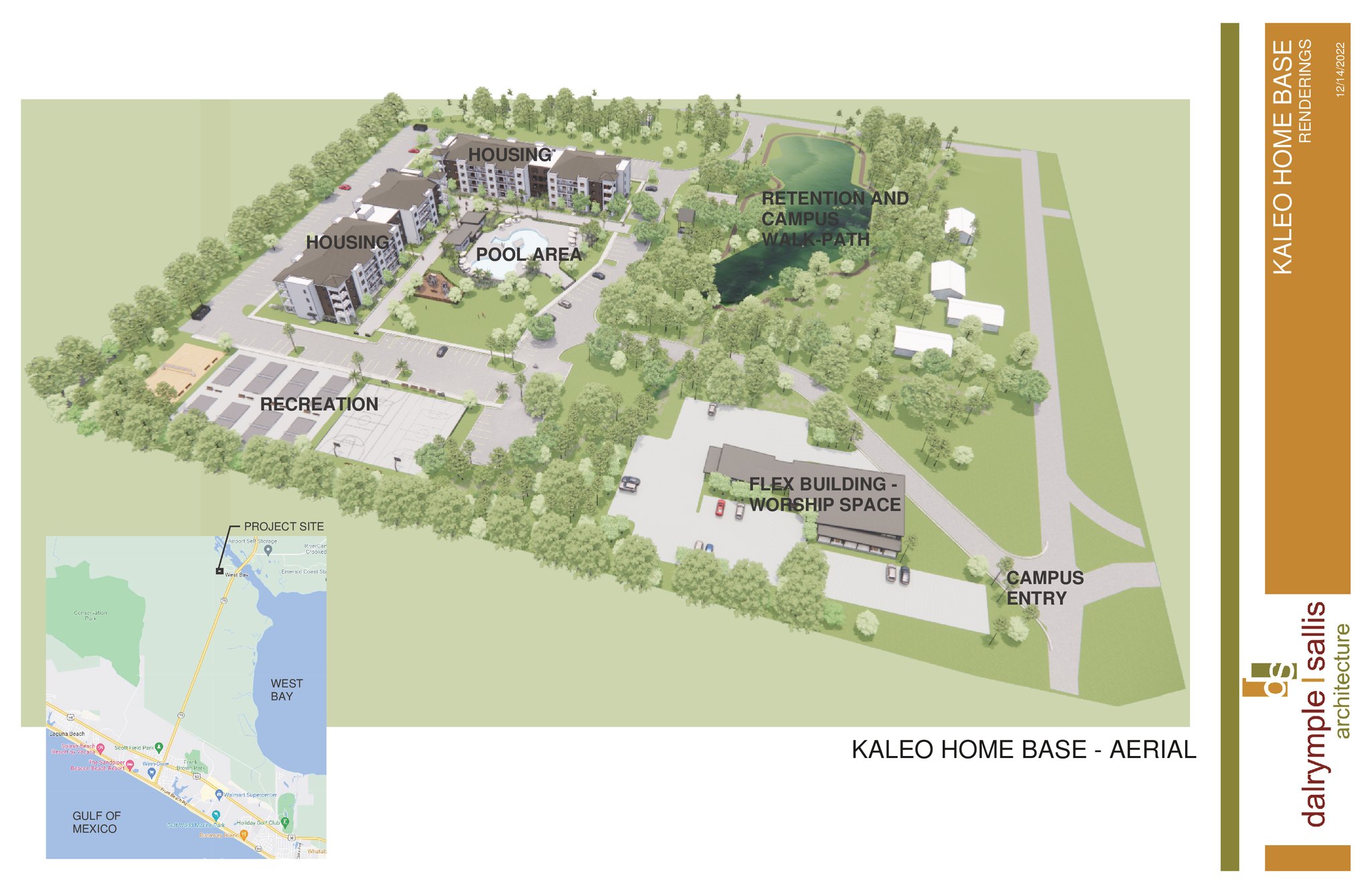
Injuries are an ever-present threat in the manufacturing world. In 2021, the manufacturing industry was preceded only by the healthcare and retail industries in its rate of nonfatal work injuries and illnesses.
AI is poised as a way to address many of the hazardous elements of manufacturing workplaces. The technology can help limit employees’ exposure to loud environments, unwieldy machinery and dangerous tasks by streamlining processes and helping workers focus on less physically risky act
SYCK Millworks
In manufacturing, many of AI’s potential benefits are concentrated in replacing the cause of the most common workplace injuries. These include “musculoskeletal disorders, mainly from overexertion in lifting and lowering, and being struck by powered industrial trucks and other materials handling equipment,” according to an OSHA spokesperson.
There are several ways to reduce those points of risk, with the most dangerous manufacturing tasks standing to benefit the most.
In industrial settings, autonomous vehicles such as drones and robots can be used to perform dangerous tasks, including inspecting pipelines, tanks, and other structures, said AI startup Alpamayo co-founder Christoph Netsch. Here, hazards due to worker fatigue, forgetfulness or other human error are significantly reduced.
Maintenance activities often bring an increased risk because it can require workers to go outside of standard safety protocol and “improvising,” Netsch said. These processes can be supported by predictive AI, which can monitor asset conditions in real time and reduce the amount of maintenance needed.
For memory chip maker Micron, early detection of a machinery malfunction via thermal imaging can mean the difference between “making a simple repair and replacing an entire piece of equipment,” which besides being costlier, can mean more risks to the worker.
He gave the example of one gas turbine factory that remotely operated gas and oil platforms. In such a setting, establishing a predictive maintenance diagnostic service required workers to first “implement a uniform data structure,” so that data coming in from different sources was standardized.
Some of the easiest ways to implement AI in the workplace are systems employees can bring into the field without significant digitization of the organization. Computer vision, for instance, is a standalone tool that can detect if workers aren’t wearing protective equipment, or even if there are anomalies in production environments. It works because automated systems can detect hazards at a rate that humans cannot replicate.
Virtual training is another area in which AI has the capacity to make the process easier to integrate into operations. While AI cannot serve as a true substitute for real-life scenarios, it can still help prepare workers, according to Muilenburg Manufacturing Consulting founder Michael Muilenburg.
“[If you’re a firefighter], you don’t want to light a building on fire every single day,” Muilenburg said. “You can use virtual reality to simulate that.”
While the potential benefits of this technology can translate to a reduction in injuries and improved workplace safety, introducing any new element into a manufacturing site introduces a new set of risks that managers should account for.
Whether it’s an industrial robot or automated pallet wrapper, workers should be made aware of the unique hazards associated with working around these machines, said an OSHA spokesperson. Otherwise, they simply risk replacing one source of hazards with another.






